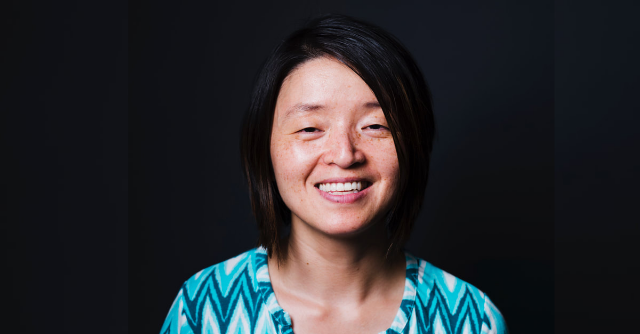
Almost entire content moderation work done at India site: LinkedIn’s Xu


In 2024, an estimated 2 billion people across 50 countries are set to participate in what's being hailed as a historic election year. However, concerns loom large over the potential interference of artificial intelligence-generated misinformation, exacerbated by the widespread use of social media platforms. Like other social platforms, LinkedIn has also upped the ante on detecting and identifying misinformation and biased political content, said Ya Xu, the vice president of engineering and head of data and AI at LinkedIn.
“LinkedIn is the most prominent professional social networking platform in the world so we have a very important responsibility. As per our policy, we do not take political ads. Leveraging AI models and systems, we scan and moderate content to identify any potential political ads. Further, we also offer users to opt out of political content through content classifiers,” Xu told TechCircle.
Notably, almost the entire content moderation, trust, and integrity team of LinkedIn operates from the Bengaluru site. Out of a 6,000-member engineering team at LinkedIn globally, 1,000 of them are at the Bengaluru R&D center. Of these, a hundred-employee team works on the trust and integrity of the platform, directly handled by Xu. “The job is to weed out ‘bad’ content leveraging AI. It includes content understanding to the extent that our systems are able to detect harmful content even as it is being posted and hasn’t gone live. Not just content, our team also works to identify fake advertisements, jobs, and other scams. 96% of detected fake accounts and 99.1% of detected spam and scams are caught by our automated defences. Almost all of the content moderation comes from the India site,” she said. LinkedIn also has a team of human reviewers who work alongside the AI models for more nuanced execution and to further ‘create a playbook for the systems’, added Xu.

In November 2023, the Microsoft-owned platform announced a range of generative AI features allowing users to optimise functions such as writing posts, creating a professional profile, applying and hiring for jobs, upskilling, and networking for its premium members. To be sure, LinkedIn Daniel Shapero said in a Reuters interview that the premium subscribers increased by 25% in 2023, helping the company hit $1.7 billion in revenue from such subscriptions. The company executive said that an uptick in AI feature adoption has played a role in this growth.
“We have been able to offer our generative AI products only to premium members hinged on two factors. First is the cost – it is not a secret that these large language models are not cheap, so each call made to the model for a task is expensive. Secondly, from a scale point of view there are not enough GPUs that we get our hands on,” explained Xu on the availability of generative AI features to the premium members. “Before we bring these features to non-paying users, we are contemplating introducing versions that may not be as extensive as the current ones. We also have to work on optimisation, for instance using smaller models for easier tasks.”
LinkedIn is also in the process of introducing Premium Pages, a move seen to diversify its business model. The under-testing LinkedIn Premium Company Page would be dedicated to small and medium businesses. While LinkedIn says that it is still testing the price point of this new offering, media reports suggest that the subscription fee is up to $99 per month.

